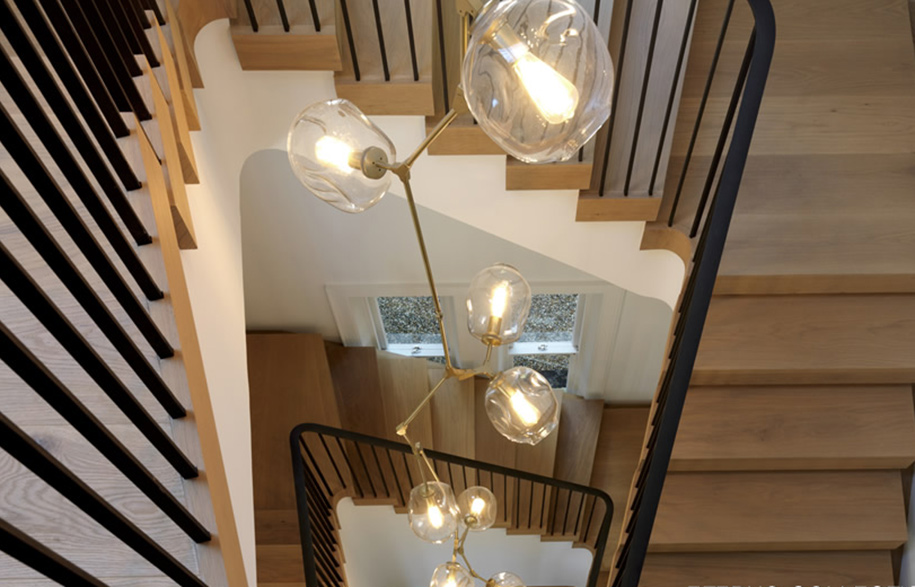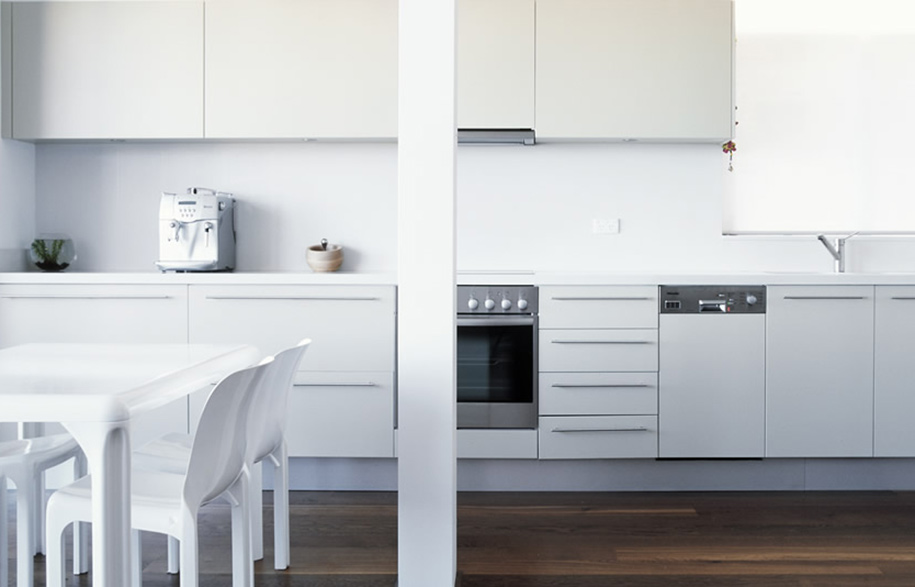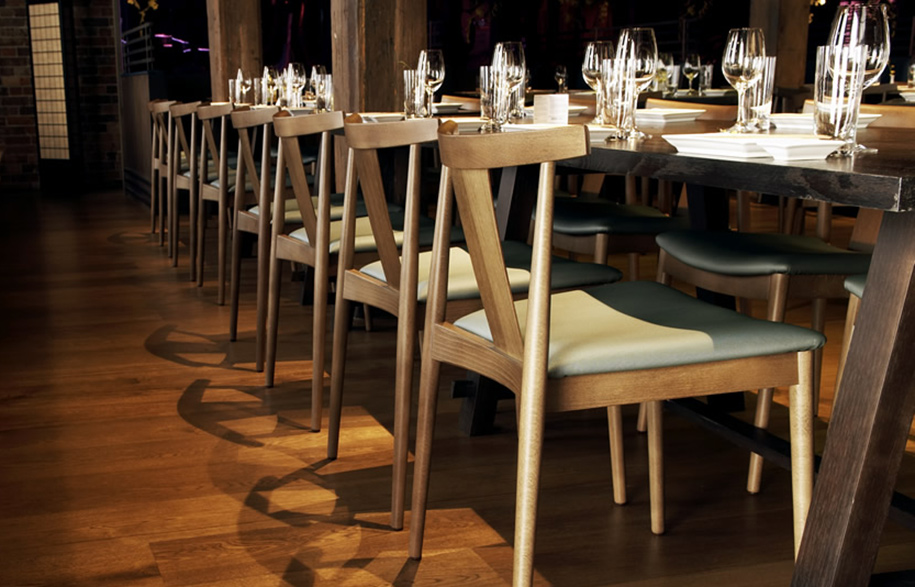Choosing the right timber flooring for your home is often a very time-consuming and stressful task. From solid timber to engineered timber to parquetry… the list is all consuming and we haven’t even gotten to the colour or the finish yet. So here are our 7 must-dos for those who are about to jump on the hard-flooring bandwagon. Have you thought about them all yet?

1: Types of Hard-Flooring
Deciding on which type of hard flooring you want for your space is an incredibly important decision. Not only does it function as the foundation for your home but often houses kids, animals, undergoes daily water and food spills and suffers decades of foot traffic and wear. So which type of flooring is best for you?
While laminte, high-polish concrete, tile or travertine all maintain benefits and provide sometime costly and sometimes cost-effective flooring solutions for the kitchen, all vary in application and performance. Concrete will continually crack, laminate will remain water resistant and inexpensive it loses points in the endurance department, and travertine will hang on to those stains and scratches for eternity.
But… timber.
The classic when it comes to hard flooring, timber’s allure is hard to deny. With the ability to transform a room from light and minimal to warming and luxurious, timber is the favourite of many. Lasting over 100 years and able to be sanded every seven or so years, timber is a perfect long-term option. With a huge range of styles, colours, cuts and finishes there is a timber to fit every kitchen. The downsides? Timber can scratch and dent, has to be applied onto joists or sub floors and often requires rugs or additional runners to absorb sounds if heard underneath. Even the classic has to have a downside. That said, if you’re looking for a hard-floor that’s going to add value to your property, last well beyond your own lifetime and look good – timber flooring is your best bet.
2: Styles of Wooden Floors
So, you’ve decided you want timber flooring but don’t know where to go from here? Next step is to consider which type of timber is best for you; solid timber, engineered timber, recycled timber, special finishes, parquetry, the options are endless. Collect a group of images of your favourite timbers and show your specialist. You will be able to take a sample book home with you to see how they fit in your space to help you make your final decision.
3: Subfloors
When installing hardwood flooring it is vital to understand the foundation it is going to be laid down upon, as this can determine which flooring you can and cannot use. There are three main types of subfloors: concrete, plywood and particleboard. If your subfloor is concrete you will mostly be limited to engineered timber, however there are ways around this. If desired, plywood can be installed above the concrete to allow for other flooring options however this can be very costly. If you have plywood you are in luck. Being the most common form of subfloor, plywood allows for all forms of timber flooring. If your subfloor is particleboard, you are going to have to lay down a layer of plywood above if you are hoping to install hardwood flooring, as particleboard is more commonly used under carpeted flooring.

4: Acclimatisation
It is important to consider how your flooring is going to acclimatize to its environment. When it comes to timber flooring it is vital to consider moisture content. Precision Flooring exclaims most timber floors sit around the “average mark of between 10-12.5% moisture content, often with a few percentage points above or below”. To minimize movement of timber flooring from swelling or shrinkage due to different moisture levels it is important to get the right fit for your space. In coastal areas where humidity is higher, boards sit between 9-14% moisture content.
5: Grade Selection
Most timber floors are available in two grades however some are available in three, Select, Standard or Feature. When three grades are available the third relates solely to the timber’s exaggerated natural characteristics such as insect holes or gum vein. Select grade is generally clearer than Standard, however some natural markings may still be noticeable. Standard grade is accentuated by a large number of gum veins, spirals, shakes and marks left by forest insects, ensuring that no two pieces of timber are the same. Put simply, Select Grade gives a more contemporary feel and Standard Grade offers a more natural and rustic look. For those wanting an exaggerated rustic look, Feature Grade is best.
6: Movement
As noted earlier, as timber flooring is a hygroscopic product and moves with the changes in moisture it is vital to consider issues such as movement or cupping. The wider the board, the more likely it is to show cupping or movement. If your space is especially dry or damp, opt for a smaller board in order to best minimize this. So, what exactly IS cupping you may ask? Cupping is a “ripple like effort that is a result of the top of the boards being drier than the bottom. When dampness under the floor is picked up via your boards, the boards expand. This may be a hassle and frustrating, especially if your boards are relatively new but resist the urge to automatically sand a floor flat due to cupping. Instead of band-aiding the solution, solve the core issue of the heightened moisture; this will prevent it from happening again.

7: Maintenance
It is vital to take good care of your hard flooring if you want it to last long-term. Here are some things to consider when taking care of your timber floor.
- Make sure to clean off dirt and grit regularly to avoid it scratching your floor. A regular sweep of your flooring and the use of small rugs and runners is the best way to take care of your floor and make sure it lasts a lifetime.
- Moving furniture or heavy objects across the floor can lead to surface damage. Always make note to apply protective pads to the legs of furniture so they can be moved without the risk of scuffing the floor. Take extra care when wearing or removing high heels as they can dent any hard surface floor.
- To remove ground-in dirt and grit, use a damp mop to clean the floor. A positive emulsion cleaner made specifically for timber floors should be used as it will protect the floor’s surface seal.
- It is vital that the mop used to clean your floor is wrung out to ensure as little solution as possible touches the floor. Over-wetting the floor can change the moisture balance as discussed above and cause the boards to expand. In some cases this can lead to cupping.
- Wipe up all spills with a dry cloth or paper towel. For sticky substances, moisten cloths slightly. Make sure to clean floor regularly to keep it looking better for longer.

Tongue n Groove has worked with some of Australia’s leading architects and designers to create an inspired palette of colours and finishes, all treated with natural oil to allow for easy maintenance.
But the beauty of their range of products extends beyond surface appeal. Unlike most engineered timbers, which are made of layers of ply under a timber façade, Tongue n Groove products comprise 3 layers of solid European oak. Using state-of-the-art engineering methods, the layers are bonded together to provide exceptional stability and durability.

